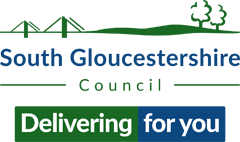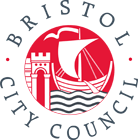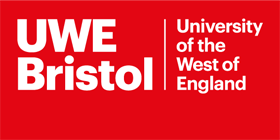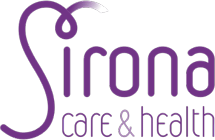City Know-how: Examining the anticipated economic return of urban greenways
- 21st January 2022
Every £1.00 invested in an urban greenway can expect to return an investment of £2.00-£6.00 presenting a strong business case for investment in urban green infrastructure.
For the attention of:
Local government (those responsible for infrastructure and public health); transport planners; city planners; public health advocates
The problem
Urban greenways are open spaces in cities used for recreation or to protect the environment.
Previously published research points to the health benefits of urban greenways. They also have social, environmental and economic benefits. However, to date, a full economic business case for new urban greenways has not been developed.
To the best of the researchers’ knowledge, this is one of the first studies to conduct a social return on investment analysis of a new urban greenway estimating the potential benefits.
What was done and why?
Researchers assessed the economic business case for urban greenways, and demonstrated their value. Their approach was to undertake a ‘Return on Investment’ study of the Connswater Community Greenway in Belfast. They identified seven key areas to look at: property values; flood alleviation; climate change; health; labour employment and productivity; tourism; and quality of place.
For each area, they summarised the evidence base to predict an ‘effect estimate’ (how large the impact was likely to be). They added together all the monetary values of the impact to obtain the total monetary benefit, and then divided that by the total cost of the intervention works. This provided a ratio describing the amount of pounds sterling (£) generated in benefits for every £1 invested.
What this study adds
Assuming the greenway will be managed and maintained for at least 40 years, the economic case was found to be for every £1.00 invested in the greenway, there would be £2 – £6 economic return (this is between 2.88 and 5.81 as a Benefit Cost Ratio).
What this means for city policy and practice
This study highlights, and quantifies, many of the positive benefits – including environmental, health and economic – which urban greenways can bring to an area.
Other monetised and non-monetised benefits, such as the attraction of economic investment and social value through planned concurrent engagement activities (such as walking programmes, litter pick-ups, arts and crafts, local markets) to encourage local communities to use the greenway, are also likely. However, they can be difficult to measure and value. To date, few studies have attempted to aggregate and value the total economic business case for urban greenways.
Read the paper
‘Social return on investment analysis of an urban greenway’ by Ruth F. Hunter, Mary A.T. Dallat, Mark A. Tully, Leonie Heron, Ciaran O’Neill and Frank Kee in Cities & Health
About City Know-how
Bristol Health Partners’ SHINE Health Integration Team (HIT) is a network partner for the Cities & Health journal, published by Routledge.
SHINE HIT, which supports healthy and inclusive neighbourhoods for people, publishes regular, bite-sized ‘City Know-How’ updates to help translate research knowledge into policy and practice. Find out more about the City Know-How series.






